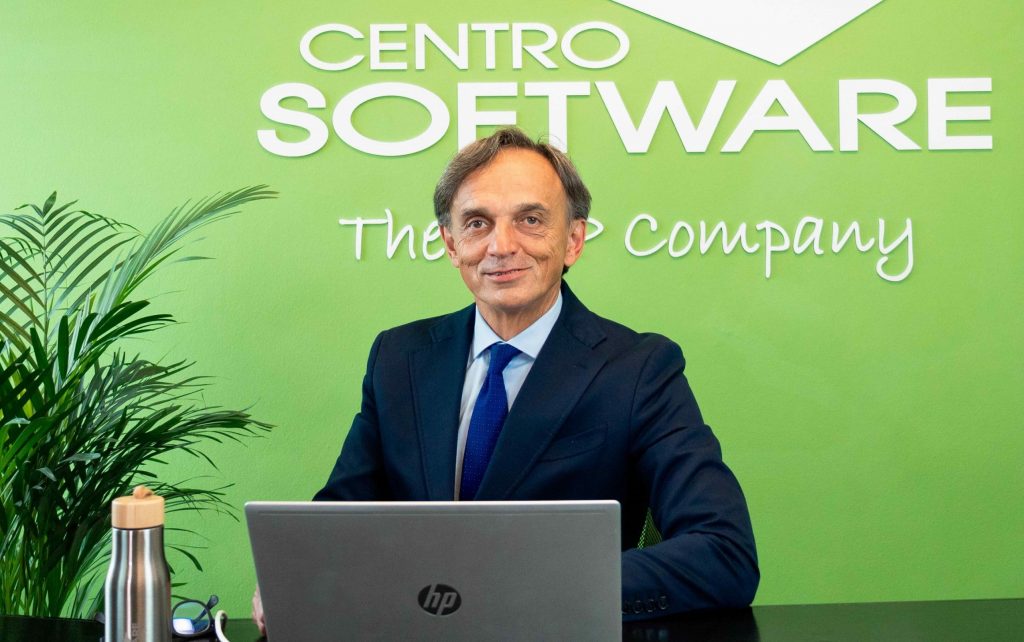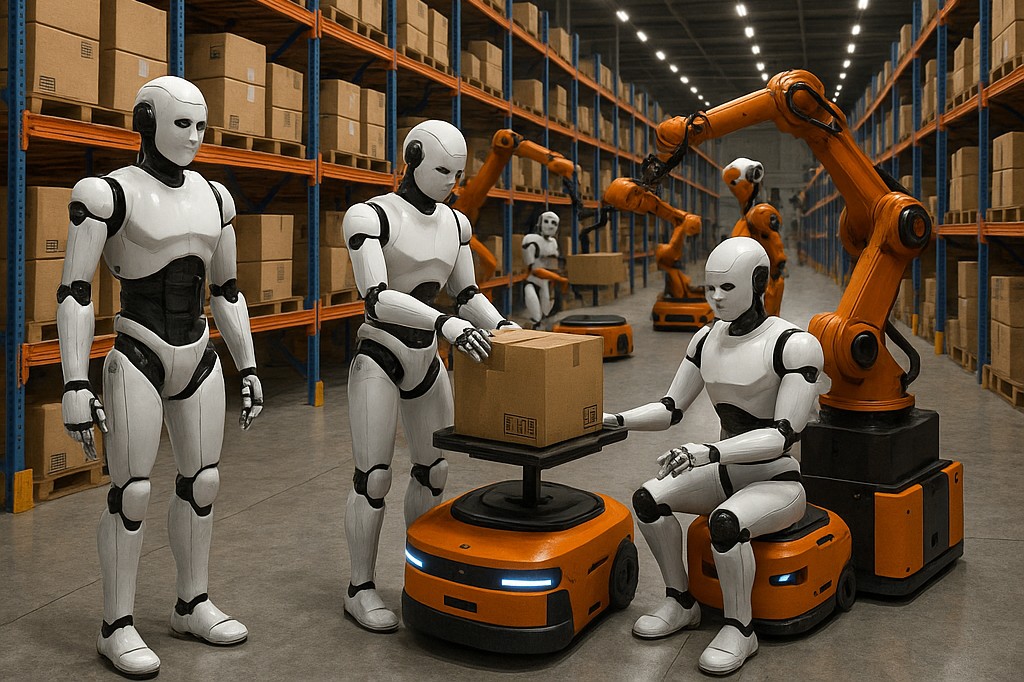
Rivoluzione tecnologica e dinamiche sociali nei team Chirurgici. La bibliografia
Pubblichiamo di seguito la bibliografia completa dell’articolo “Rivoluzione tecnologica e dinamiche sociali nei team Chirurgici” scritto da Valentina Iacopino, sul numero di Luglio-Agosto 2020 di Sviluppo&Organizzazione.
Barley S. R. (1986), “Technology as an occasion for structuring: evidence from observations of CT scanners and the social order of radiology departments”, Administrative Science Quarterly, 31 (1), 78-108.
Barley S. R. (1990), “The alignment of technology and structure through roles and networks”,Administrative Science Quarterly, 35 (1), 61-103.
Beane M. (2019), “Shadow learning: building robotic surgical skill when approved means fail”, Administrative Science Quarterly, 64 (1), 87-123.
Cao C. G., Taylor H. (2004) Effects of new technology on the operating room team, Tufts University Medford Ma Department of Mechanical Engineering, https://apps.dtic.mil/dtic/tr/fulltext/u2/a438402.pdf.
Catchpole K., Bisantz A., Hallbeck M. S., Weigl M., Randell R., Kossack M., Anger, J. T. (2019), “Human factors in robotic assisted surgery: lessons from studies ‘in the Wild’”, Applied ergonomics, 78, 270-276.
Clark H. H., Brennan S. E. (1991), Grounding in communication, in Resnick L. B., Levine J. M., Teasley S. D. (a cura di), Perspectives on socially shared cognition, 127-149, American Psychological Association.
Compagni A., Mele V., Ravasi D. (2015), “How early implementations influence later adoptions of innovation: social positioning and skill reproduction in the diffusion of robotic surgery”, Academy of Management Journal, 58 (1), 242-278.
Cook R. I., Woods D. D. (1997), “Adapting to new technology in the operating room”, Human Factors, 38 (4), 593-613.
Endsley M. R. (1996), Automation and situation awareness, in Parasuraman R., Mouloua M. (a cura di), Human factors in transportation. Automation and human performance: Theory and applications, 163-181, Lawrence Erlbaum Associates, Inc.
Edmondson A. C., Bohmer R. M., Pisano G. P. (2001), “Disrupted routines: team learning and new technology implementation in hospitals”, Administrative Science Quarterly, 46 (4), 685-716.
Ferlie E., Fitzgerald L., Wood M., Hawkins C. (2005), “The nonspread of innovations: the mediating role of professionals”, Academy of Management Journal, 48 (1), 117-134.
Gibson J. (1977), The theory of affordances, in Bransford R. E. S. J. (a cura di), Perceiving, acting, and knowing: toward an ecological psychology, 67-82, Lawrence Erlbaum Associates, Hillsdale, NJ.
Hage J., Aiken M. (1969), “Routine technology, social structure, and organization goals”, Administrative Science Quarterly, 14 (3), 366-376.
Heath C., Luff P., Sanchez‐Svensson M., Nicholls M. (2018), “Exchanging implements: the micro‐materialities of multidisciplinary work in the operating theatre”, Sociology of Health & Illness, 40 (2), 297-313.
Huckman R. S., Staats B. R., Upton D. M. (2009), “Team familiarity, role experience, and performance: evidence from Indian software services”, Management Science, 55 (1), 85-100.
Hull L., Arora S., Aggarwal R., Darzi A., Vincent C., Sevdalis N. (2012), “The impact of nontechnical skills on technical performance in surgery: a systematic review”, Journal of the American College of Surgeons, 214 (2), 214-230.
Iacopino V., Mascia D., Cicchetti A. (2018), “Professional networks and the alignment of individual perceptions about medical innovation”, Health Care Management Review, 43 (2), 92-103.
Kiesler S., Sproull L. (1992), “Group decision making and communication technology”, Organizational Behavior and Human Decision Processes, 52 (1), 96-123.
Krackhardt D. (1997), “Organizational viscosity and the diffusion of controversial innovations”, The Journal of Mathematical Sociology, 22 (2), 177-199.
Lai F., Entin E. (2005), “Robotic surgery and the operating room team”, Proceedings of the human factors and ergonomics society annual meeting, 49 (11), 1070-1073.
Leenders R. T. A., Contractor N. S., DeChurch L. A. (2016), “Once upon a time: understanding team processes as relational event networks”, Organizational Psychology Review, 6 (1), 92-115.
Mascia D., Rinninella, E., Pennacchio N. W., Cerrito L., Gasbarrini A. (2019), “It’s how we communicate! Exploring face-to-face versus electronic communication networks in multidisciplinary teams”, Health care management review, in stampa.
Moore A., Butt D., Ellis‐Clarke J., Cartmill J. (2010), “Linguistic analysis of verbal and non‐verbal communication in the operating room”, ANZ Journal of Surgery, 80 (12), 925-929.
Morino M. (2018), “The impact of technology on surgery: the future is unwritten”, Annals of Surgery, 268 (5), 709-711.
Orlikowski W. J. (1992), “The duality of technology: rethinking the concept of technology in organizations”, Organization Science, 3 (3), 398-427.
Pallotti F., Weldon S.M., Lomi A. (2020), “Lost in translation: collecting and coding data on social relations from audio-visual recordings”, Social Networks, In press.
Pelikan H. R., Cheatle A., Jung M. F., Jackson S. J. (2018), “Operating at a distance-how a teleoperated surgical robot reconfigures teamwork in the operating room, Proceedings of the ACM on Human-Computer Interaction, 2 (CSCW), 1-28.
Randell R., Greenhalgh J., Hindmarsh J., Dowding D., Jayne D., Pearman A., Gardner P., Croft J., Kotze A. (2014), “Integration of robotic surgery into routine practice and impacts on communication, collaboration, and decision making: a realist process evaluation protocol”, Implementation Science, 9 (52), 1-8.
Randell R., Honey S. A., Hindmarsh J., Alvarado N., Greenhalgh J., Pearman A., Long A., Cope A., Gill A., Gardner P., Kotze A. (2017), “A realist process evaluation of robot-assisted surgery: integration into routine practice and impacts on communication, collaboration and decision-making”, Health Services and Delivery Research, 5 (20), 1-140.
Randell R., Honey S., Alvarado N., Pearman A., Greenhalgh J., Long A., Gardner P., Gill A., Jayne D., Dowding D. (2016), “Embedding robotic surgery into routine practice and impacts on communication and decision making: a review of the experience of surgical teams”, Cognition, Technology & Work, 18 (2), 423-437.
Siu J., Maran N., Paterson-Brown S. (2016), “Observation of behavioural markers of non-technical skills in the operating room and their relationship to intra-operative incidents”, The Surgeon, 14 (3), 119-128.
Steil J., Finas D., Beck S., Manzeschke A., Haux R. (2019), “Robotic systems in operating theaters: new forms of team-machine interaction in Health Care”, Methods of Information in Medicine, 58 (S 01), e14-e25.
Tiferes J., Hussein A. A., Bisantz A., Higginbotham D. J., Sharif M., Kozlowski J., Ahmad B., O’Hara R., Wawrzyniak N., Guru K. (2019), “Are gestures worth a thousand words? Verbal and nonverbal communication during robot-assisted surgery”, Applied Ergonomics, 78, 251-262.
Tonellato M., Iacopino V., Mascia D., Lomi A. (2019), “Exploring team overlap and knowledge diversity in fluid teams: an empirical study in robotic surgery”, in Academy of Management Proceedings, 1, 15734.
Valentine M. A., Edmondson A. C. (2015), “Team scaffolds: how mesolevel structures enable role-based coordination in temporary groups”, Organization Science, 26 (2), 405-422.
Van den Bossche P., Gijselaers W. H., Segers M., Kirschner P. A. (2006), “Social and cognitive factors driving teamwork in collaborative learning environments: team learning beliefs and behaviors”, Small Group Research, 37 (5), 490-521.
Van Der Vegt G. S., Bunderson J. S. (2005), “Learning and performance in multidisciplinary teams: The importance of collective team identification”, Academy of Management Journal, 48, 532-547.
Volkoff O., Strong D. M. (2017), Affordance theory and how to use it in IS research, in Galliers R. D., Stein M. (a cura di), The Routledge companion to management information systems, 232-245, Routledge.
Wang Y., Meister D. B., Gray P. H. (2013), “Social influence and knowledge management systems use: evidence from panel data”, Mis Quarterly, 37 (1), 299-313.
Webster J. L., Cao C. G. (2006), “Lowering communication barriers in operating room technology”, Human Factors, 48 (4), 747-758.
L’articolo integrale è pubblicato sul numero di Luglio-Agosto 2020 di Sviluppo&Organizzazione.
Per informazioni sull’acquisto di copie e abbonamenti scrivi a daniela.bobbiese@este.it (tel. 02.91434400)







